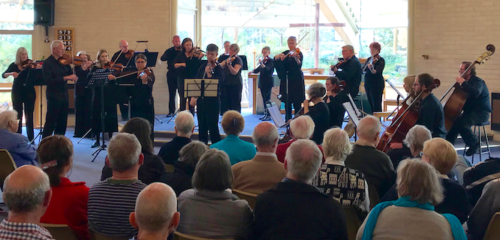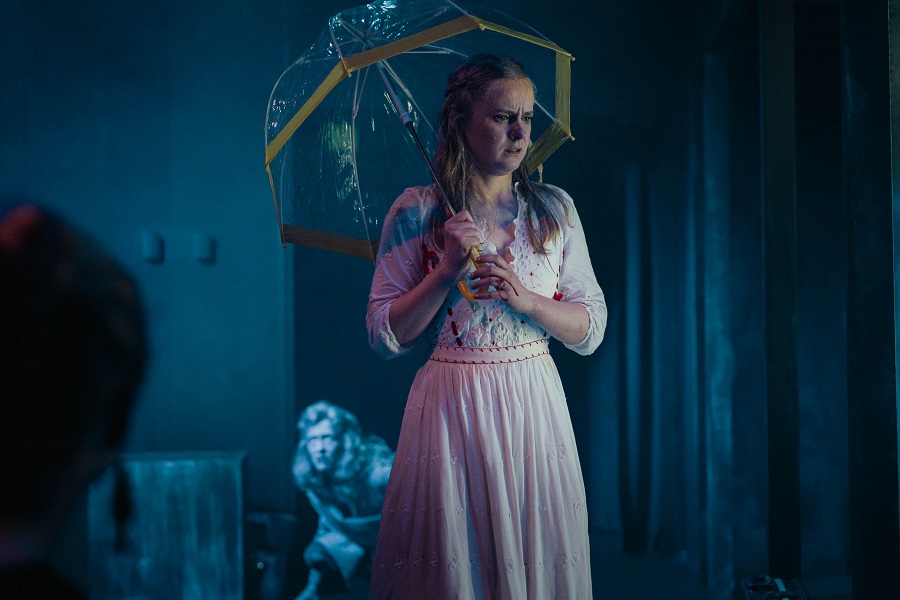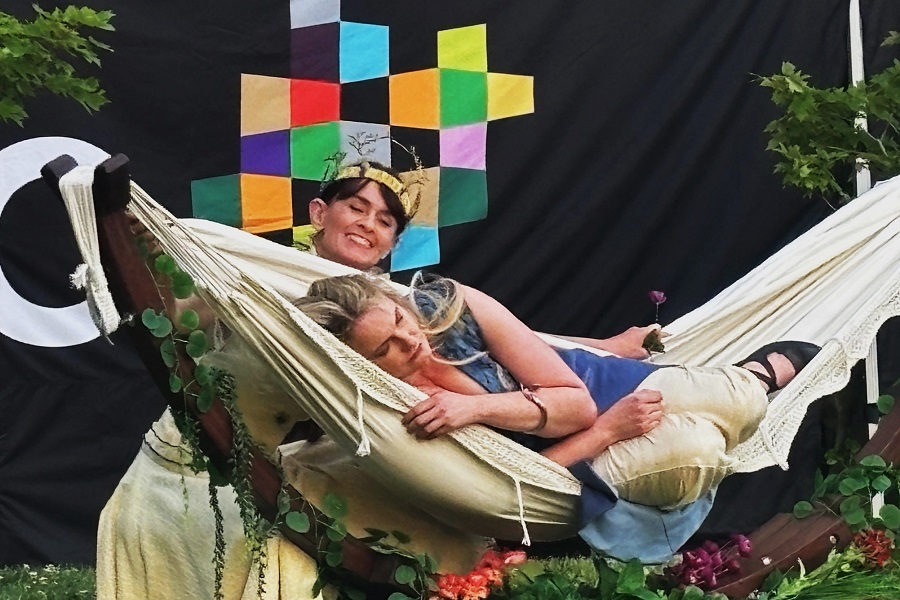
Music / “Violin Favourites”, Musica da Camera. At Holy Covenant Anglican Church, Cook, September 21. Reviewed by TONY MAGEE
MAX Bruch’s “Concerto No. 1, Op. 26 for Violin and Orchestra” presented a challenging opening for Musica da Camera and 16-year-old violin soloist Sam Jenkin, one they pulled off successfully.
Beginning with a tentative orchestral wash, almost as if someone is whispering a secret, Jenkin emerged with a violin cadenza opening of heartfelt passion. There was much to enjoy along the way, particularly strong support from the four cellos and single double bass in an extended orchestral interlude.
While there were various intonation problems here and there, the work came to a secure conclusion with Jenkin again stating the cadenza theme, this time with flourishes and embellishments of great feeling, with all the players coming together with a final chord beautifully in tune.
A Percy Grainger coupling followed. In “Irish Tune from County Derry”, the theme was stated with feeling and grace by the cello and viola sections and later taken over by first and second violins. In “Molly on the Shore”, which bears some similarity to Britten’s “Simple Symphony”, the ensemble displayed fine dynamics with effective pizzicato work from cellos and double bass.
Samuel Barber’s most famous piece, “Adagio for Strings”, opened the second half of the concert. The ensemble managed to capture the increasing dynamics of the piece, beginning with a sad, quiet, but enveloping opening and increasing slowly to a climax of forte in the high registers of all the string instruments. Often used at US state funerals, the piece finishes on an optimistic major dominant chord of gentleness – something that Musica da Camera clearly felt and played with sensitivity.
To close, the engaging and hugely popular “Concerto for two violins in D minor” by Sebastian Bach. Jenkin joined Retter and the two soloists swept the piece along with the ensemble sometimes scrambling to catch up. A most engaging performance, where Retter and Jenkin played together with confidence, delivering a robust tone and intelligent balance.
In this, as with all the pieces, one thing that needs to be addressed is the relationship between the players and their leaders, both within each section and the orchestra as a whole. This would fix the rhythmic and tempo inaccuracies that sometimes occurred. In addition, Retter needs to display a more commanding presence as leader, with body language, bow gestures and eyes.
This mixed-aged ensemble put their all into this concert and delighted the audience from start to finish. A credible effort from an enthusiastic group that adores fine music.
Who can be trusted?
In a world of spin and confusion, there’s never been a more important time to support independent journalism in Canberra.
If you trust our work online and want to enforce the power of independent voices, I invite you to make a small contribution.
Every dollar of support is invested back into our journalism to help keep citynews.com.au strong and free.
Thank you,
Ian Meikle, editor




Leave a Reply